Why Travel To Indonesia?
With head hunting tribes, island paradises, jungle covered lost temples and a smorgasbord of cultures, there are countless reasons why you should visit Indonesia. Apart from Bali, most of Indonesia has flown under the average traveler’s radar. There is adventure to be found here. Indonesia’s cities are a constantly growing urban sprawl, while its countryside remains traditional and relatively untouched compared to that of its South East Asian neighbours.
Indonesia is the largest Muslim country in the world! Many islands, however, have their own unique religions. For example, Bali is Hindu and Papua and Sulawesi are home to an array of tribal religions. This gives each of Indonesia’s Islands a unique flavour. Arriving at each new island almost feels like entering a different country entirely.
Add in some stunning beaches, world class diving, uncharted forbidden jungle paradises and you have a traveler’s dream destination. So, travel to Indonesia and get ready for an experience in a country unlike anywhere you have ever been. When you leave this beautiful place, you will understand why so many travelers choose to return to Indonesia once again.
Gunung Bromo PlateauWhen to Go
High Season: (July and August) – Bali and Sulawesi can be overwhelmingly packed with tourists. Book accommodation in advance! Prices also tend to sky-rocket at this time. Weather is fairly decent, with most of the country only seeing some rains, but Papua has much rain at this time.
Shoulder: (May, June, and September) – The dry season offers the best weather for travel around Java, Bali and Lombok. There tends to be less tourists at this time, but Bali is still quite busy. Papua is usually still rainy during these months. Great time to visit if you want to see less crowds.
Low Season: (October – April) – The rainy season for Java, Bali and Lombok. Sulawesi is usually also socked in by rain. Best time to hike in Papua and the Far East. You can also find some big discounts in Bali and Java during this time.
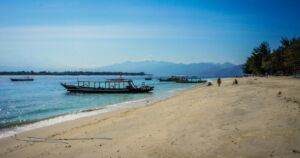
The Basics
Language – Bahasa Indonesian
Religion – Islam, Hindu, Catholic, Tribal beliefs
Capital – Jakarta
Visa – 30 day visa is available on arrival at most major airports.
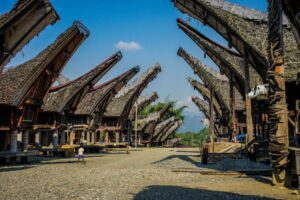
Travel Cost
Indonesian Rupiah – Rp
1 US$ – 9800 Rp

Accommodation
Indonesia has accommodation for all traveler types. From pricey beach resorts to classic backpacker digs. In the bigger cities, like Jakarta, there aren’t many appealing accommodation options. There are usually just basic hotels or guest houses that cost around 20 US a night. Once you venture out to the more interesting parts of the country, there are many amazing places to stay. As far as budget options go, you will find hostels with basic dormitories and squat toilets. These places rarely need to be booked in advance and are loud due to being full of party goers. I have seen hostels as low as 3 US a night!
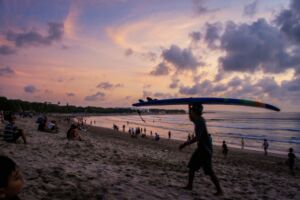
An upgrade from the hostel will take you into some very appealing guest houses that are packed full of character. Guest houses usually have a decent in house restaurant and, if you’re lucky, a bar, too. Guest houses, in my opinion, are the best choice for accommodation in Indonesia, and often don’t need to be booked in advance. The average guest house is around 10 – 25 US a night, per person. Of course, whenever you get closer to the coast and beaches, these prices will usually double!
In Bali, you can almost be guaranteed to pay double regardless of where you are. If you are looking to splurge for a night or two there are many Eco-lodges and resorts that cater to an upper class backpacker. They are usually located in some extraordinarily stunning locations. Well worth the stay for a night. Expect to pay upwards of 50 -100 US for these kinds of places.
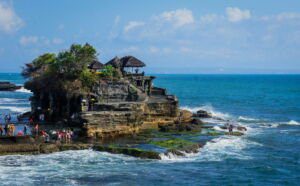
Food
Most travelers coming from Thailand and Malaysia are usually quite underwhelmed when they are introduced to Indonesia’s food scene. However, this need not be the case. There are countless different styles of island cuisines and find a very complex foodies dream. Each island’s food has its own distinct flavour. On the island of Java, you will find Kebab skewers sitting next to sticky rice and beef curry, correlating with its Muslim heritage. The people of Bali love babi guling; a spit roasted pig stuffed with spices and herbs. Balinese also enjoy satay and peanut based sauces.
In Sulawesi, you will find delicious seafood dishes on the coast and BBQ buffalo and pig, cooked din a bamboo tube, in the tribal Tana Toraja region. If there is one dish that all Indonesians agree upon (not necessarily cause of flavour), it would be Nasi Goreng. Nasi Goreng is a fried rice dish usually topped with chicken or and egg, and sweetened with Kecap Manis (Indonesian sweet soy sauce). Nasi Goreng’s sibling, Mi Goreng, is the noodle variation of this same dish.

Indonesians are also incredibly proud of their coffee. Indonesian coffee (especially in Sulawesi and Sumatra) is known as some of the world’s best brews. Indonesia is also famous for one distinct kind of coffee, known as Kopi Luwak. Dubbed as the world’s most expensive cup of coffee, it is actually made from the feces of a jungle cat who primarily eats coffee beans. After digesting and defecating the beans, the scat is roasted and sold for a ridiculous price. In Indonesia, it’s possible to afford to try a cup. One cup can be purchased for around 10 US.
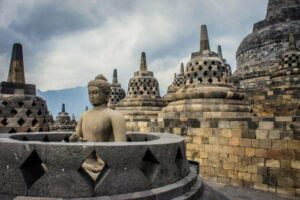
Transport
This is Indonesia’s biggest hurdle to cross. While crossing Indonesia, you will sit comfortably on a train, suffer endless, horrible cramped hours on a bus, peer out from the ferry window at a beautiful sunset, hold on for your life as your almost- sinking boat skims the water at light-speed and pleasantly meander through the rice fields on your trusty scooter.
The biggest thing to take into account when traveling in Indonesia is the sheer size of this country. Looking on the map, the distance from Yogyakarta to Bali doesn’t appear to be very long. What new travelers don’t take into consideration are the clogged, crap roads that twist and turn between mountains and volcanoes. The chances of your chariot breaking down are very likely. In fact, this short distance between Yogyakarta and Bali can take up to two days! This also depends on weather and the reliability of your bus.
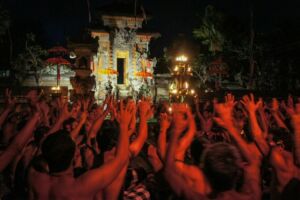
Most of the main islands are connected by ferries, which your bus will hop onto. When you’re on island like Java or Bali, the best way to get around from sight to sight is by motorbike. Easily rented and cheap, motorbikes allow you to zig zag your way through traffic jams, bounce past broken roads, and explore some of the country’s most interesting rural areas on your own. Otherwise, you will have to hire a taxi or go on a tour, as trying to visit places by local transport can be frustrating and sometimes impossible, depending on the area.
When you want to visit the further away islands like Sulawesi, Papua, and Borneo, the best option is to fly. There are boats that go, but they often only go once every few weeks, and these boats can be hazardous. They sink often. Flights are cheap and very easy to get. Garuda, Lion Air, and Air Asia are your best choices. They fly to most of the major islands, plus lots of the smaller islands. Flight costs depend on the season. I have seen some go as low as 50 US! Whatever your mode of transport is, just keep in mind of the time it will take from A to B.
Rice Terraces in Bali’s InteriorMy Favourite Places
Borobudur: Based on the design of a mandala, this mystical Buddhist complex is packed full of mystery and wonder. Surrounded by jungle clad mountains and golden, terraced fields, Borobudur’s setting is pure magic. Wander around its walls and try to figure out its mysterious past by following the stories intricately carved into its exterior. Of all the Buddhist temples I have been to, this is defiantly one of the most beautiful I have seen. It’s best reached by scooter!
Gili Islands: Just off the coast of Bali and Lombok are the small island paradises of the Gili’s. Surrounded by beautiful coral reefs, they make an ideal stop for scuba diving and just being lazy on the beach. The picture perfect swaying palms give way to white sand and incredibly blue, clear water. There is tons of marine life here, including friendly sea turtles that will swim up beside you while you snorkel. The islands have great accommodation options and some of the best seafood I have had in Indonesia.
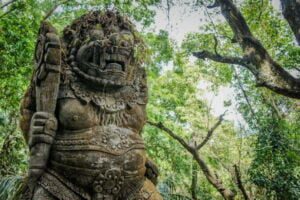
Tana Toraja: Quite possibly the most interesting corner of Indonesia is Tana Toraja. Tribal people live in giant long houses that are covered in buffalo skulls called Tongkonan, and primarily still rely on hunting fort sustenance. The region is packed full of mystery, which can be investigated in the deep caves where the dead are buried or by attending one of the massive funerals. This corner of Indonesia proudly displays the diversity and complexity of this nation’s people.
Gunung Bromo: Waiting at the viewpoint for the sunrise over Bromo Volcano in the chilly hours of the morning is a quintessential Indonesia experience. Getting the perfect view of Bromo in all its glory at sunrise is downright lucky. While I was there, I had a few glimpses of this beast when the sun burned the fog off, only to have it roll back in and conceal it again. After it’s clouded over, all there is to do is climb to the volcano rim and push boulders into it to try and anger the volcano god!
Kalimantan: The world’s third largest island is packed full of jungle adventure. Roaring rivers give home to Dayak tribal settlements within the islands hard to reach interior. Cultural visits to the Dayak are one of Indonesia’s greatest adventures. The national parks are also home to the Orangutans. Seeing these beautiful creatures crawl from tree to tree or munch on a banana in their natural habitat is fantastic.
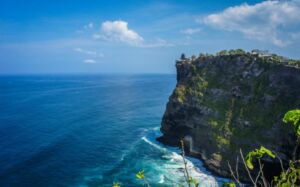
My Favourite Experiences
Balinese Kecak Ceremony: If you’re lucky enough to see one of these ceremonies you will never forget it. The ceremony starts off with a large crowd of devotees sitting in a circle together, chanting. As the chant goes on, different parts of the circle yell out higher pitches of chanting and singing. Together, all of the noise and hypnotic movement of the circle creates one beautiful sound and is visually stunning. This ceremony will stick with you long after you have seen it.
Funeral Crashing in Tana Toraja: “Crashing” sounds like the wrong word to use in the context of attending a funeral, but in Tana Toraja, it’s not. Locals take funerals and make them into massive, week long celebrations that include animal sacrifices, toddy drinking, music and dance! Attending one of these funerals is a must do when you visit Tana Toraja. At the end of the funeral, they take the dead to the caves to finally rest after one final day of madness. Don’t be surprised if you have to buy the deceased a pack of cigarettes. In Tana Toraja, you are not considered dead until you are laid in the burial caves.
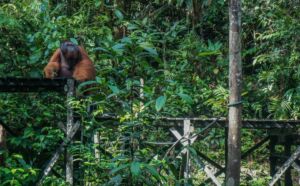
Sunrise atop Borobudur: Early in the morning, my scooter putted along in the dark towards Borobudur. Upon arriving, all I could see were the shadowy figures of the Buddha’s looking down at me from the temple. Getting to the top right before the crack of dawn, I was confronted with one of the most beautiful sunrises I have ever seen. The soft light cast shadows on the fairy-tale like temple overlooking the golden yellow fields nearby. The green, mountainous backdrop makes for one incredible setting.
Diving with sea turtles in the Gili’s: The coral reefs that surround the Gili’s are teeming with colorful life. Crystal clear blue water opens up your field of view as far as your eyes can see. Barracuda swirl above and skittish sharks jolt away below, but the curious Gili sea turtles will swim alongside their human counterparts. Diving in the Gili’s is top notch!
Taking the “flying coffin” in Kalimantan: From mainland rivers to the islands that dot the Kalimantan coastline, the best mode of transport is the bizarrely named “Flying Coffin. Essentially, it’s a traditional wooden boat with a modern cabin (sometimes) all held together by empty barrels and bottles. Oh and I forgot to add: they strap a massive engine on the back. They tend to cruise at almost a 90 degree angle, hence the “Flying aspect”. As for the “Coffin” part… well, I’ll let you use your imagination.
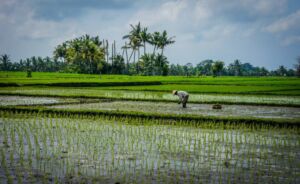


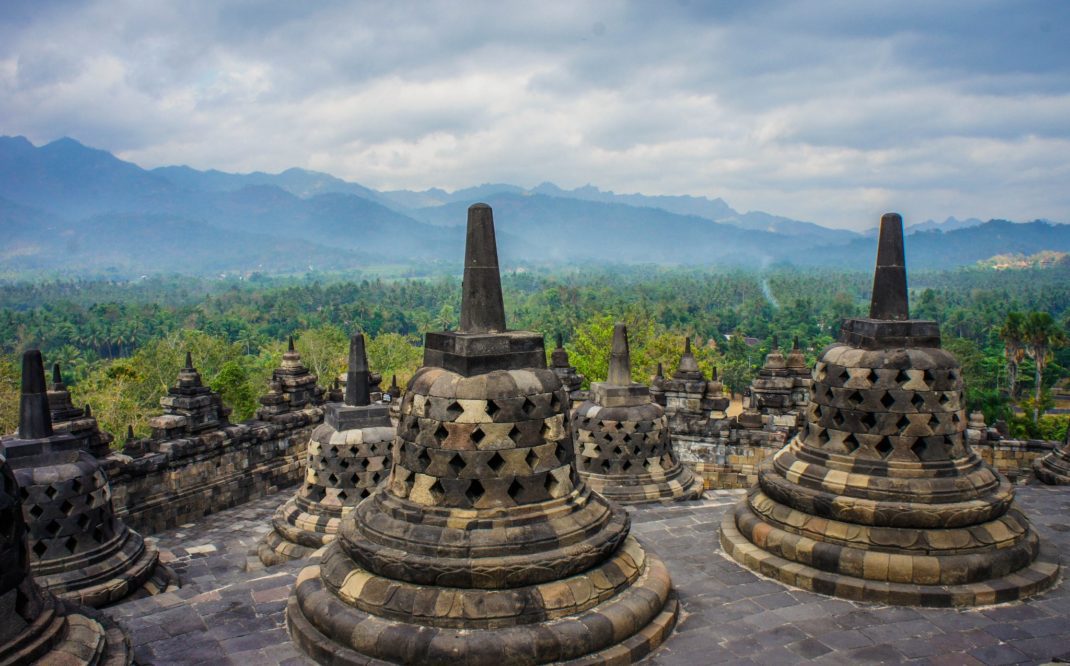



hi,
really nice information, very helpful,
here check this out Yogyakarta Travel Packages, there is place you can visit in Yogyakarta.
cheers
hi,
your post so amazing, really helpful, Indonesia is so beautiful
you can read Semeru Trekking Package, another beautiful place in Indonesia
Great article to read, all the tips are great….